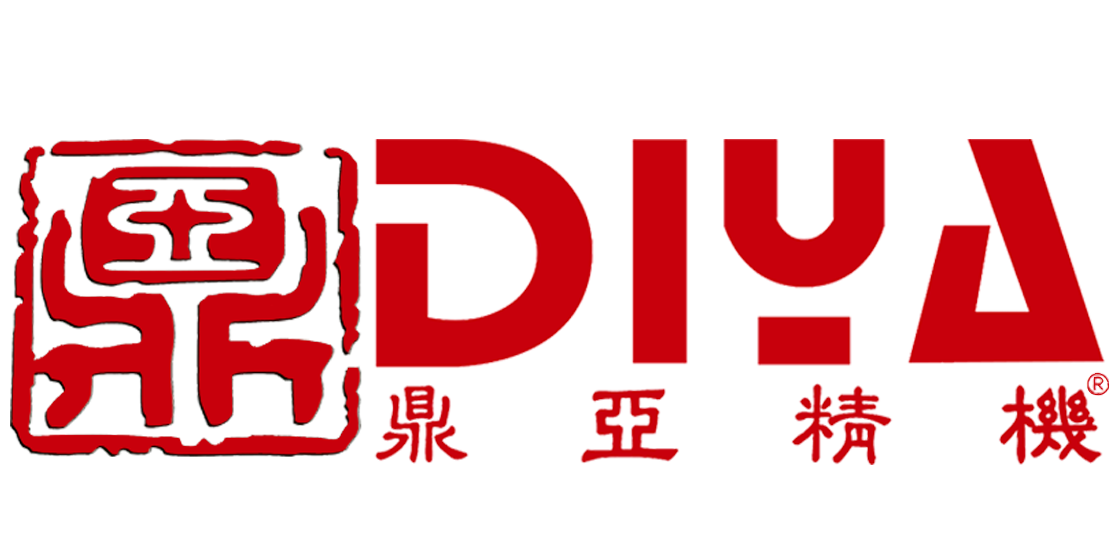.jpg)
In the realm of modern manufacturing,数控车床(Numerical Control Lathe)作为一种高效、精确的加工设备,其操作界面和按键功能对于从业人员来说至关重要。Understanding the English terminology associated with the buttons on a CNC lathe is essential for operators to ensure safe and efficient operation. Below is an indepth explanation of the various buttons commonly found on a CNC lathe.

1. Power Button (Power ON/OFF): This button is used to switch the CNC lathe on or off. It is typically labeled as "Power ON" or "Power OFF" and is usually the first button an operator will interact with.
2. Emergency Stop (EStop): Located prominently on the control panel, the Emergency Stop button is designed for immediate shutdown of the machine in the event of an emergency. It is crucial for safety and should be easily accessible to all operators.
3. Program Start/Resume (Cycle Start): This button is used to start or resume the execution of a CNC program. It is labeled as "Cycle Start" or "Start" and is often accompanied by an icon of a clock or a play button.
4. Program Stop (Cycle Stop): As opposed to the Start button, the Stop button is used to halt the program. It is labeled as "Cycle Stop" or "Stop" and is essential for safely terminating a program if necessary.

5. Feed Hold (Feed Hold): The Feed Hold button is used to temporarily pause the machine's movement. It is labeled as "Feed Hold" or simply "Hold" and is useful when making adjustments or during debugging of the program.
6. Program End (Cycle End): This button is used to indicate the end of the program. It is labeled as "Cycle End" or "End" and is typically used to signal that the machine is no longer required for the current operation.
7. Single Block (Single Step): The Single Block button allows the operator to execute the program one block at a time. It is useful for debugging and verifying each line of the program. The button is labeled as "Single Block" or "Single Step."
8. Manual Data Input (MDI): The MDI button is used to enter manual commands directly into the CNC lathe. It is labeled as "MDI" and is particularly useful for making quick changes or adjustments without needing to alter the entire program.
9. Manual Override (MOVR): The Manual Override button allows the operator to manually control the machine's movements during CNC operation. It is labeled as "MOVR" and is used when the operator needs to make precise adjustments that cannot be made through the program.
10. Homing (Home): The Homing button is used to move the machine to its reference or home position. It is labeled as "Homing" or "Home" and is essential for setting up the machine for operation.
11. Program Reset (Reset): This button is used to reset the CNC lathe to its initial state. It is labeled as "Reset" and is often used to clear any errors or to restart the machine after a power interruption.
12. Program Edit (Edit): The Edit button is used to access the CNC program for editing. It is labeled as "Edit" and is typically used by experienced operators to make changes to the program as needed.
Understanding the functions of these buttons is fundamental for any CNC lathe operator. Proper utilization of these controls ensures not only the safety of the operator but also the quality and consistency of the manufactured parts. Familiarity with the English terminology associated with these buttons is therefore a key component of professional CNC lathe operation.

发表评论
◎欢迎参与讨论,请在这里发表您的看法、交流您的观点。